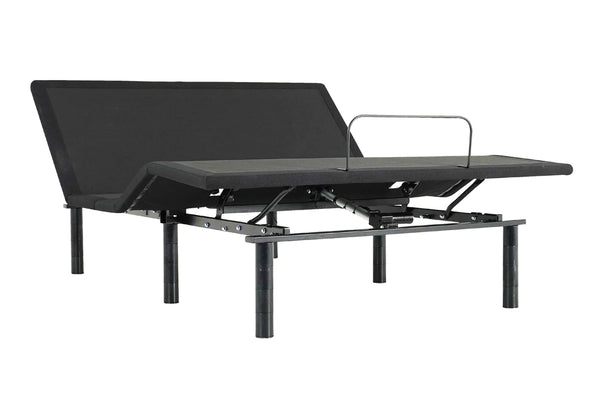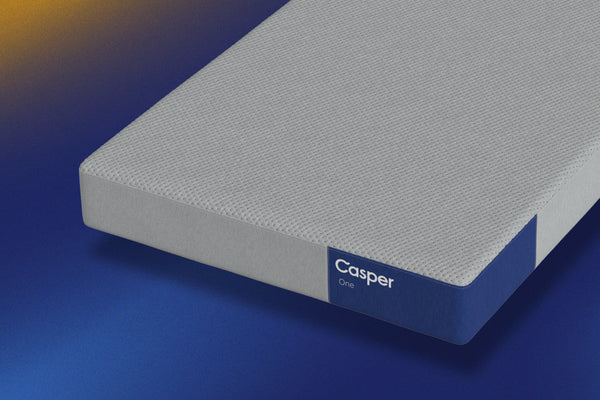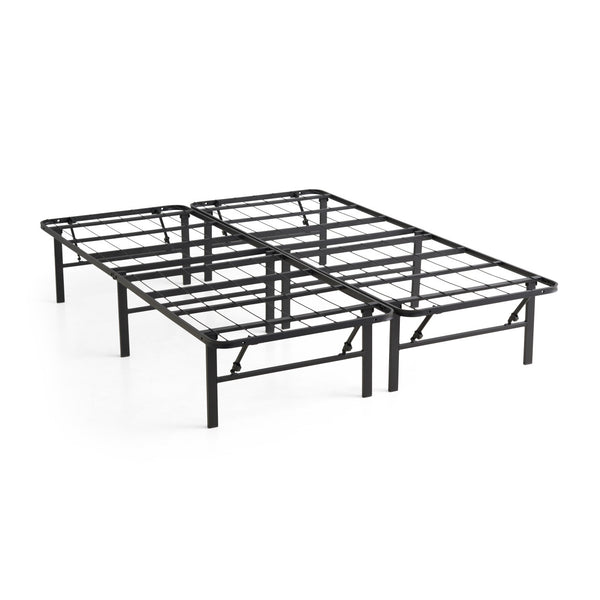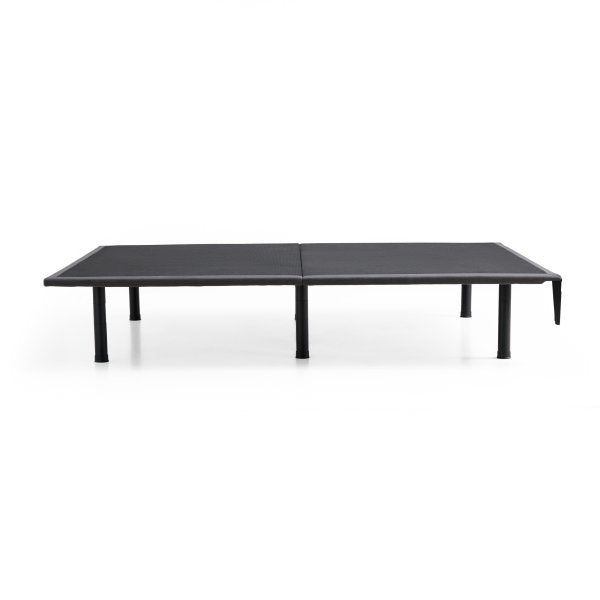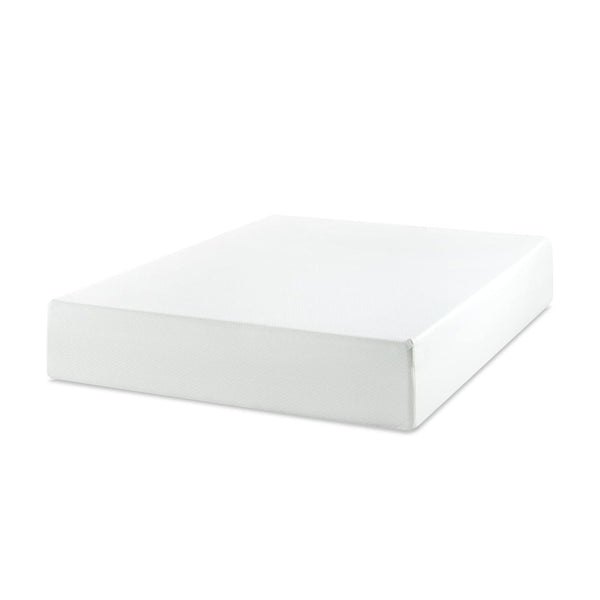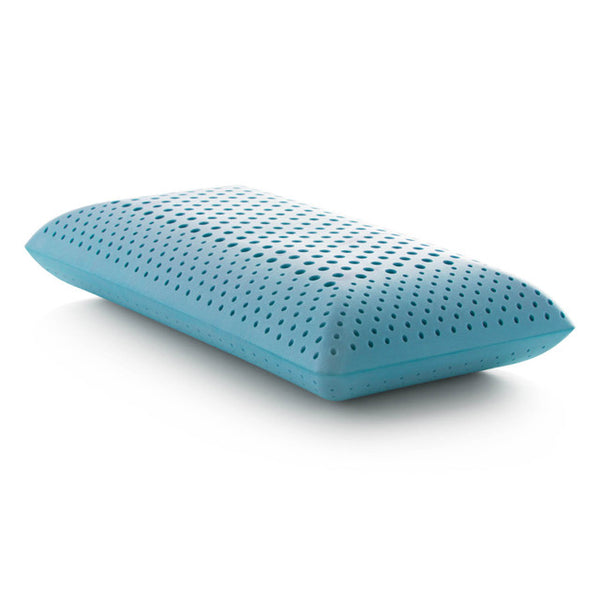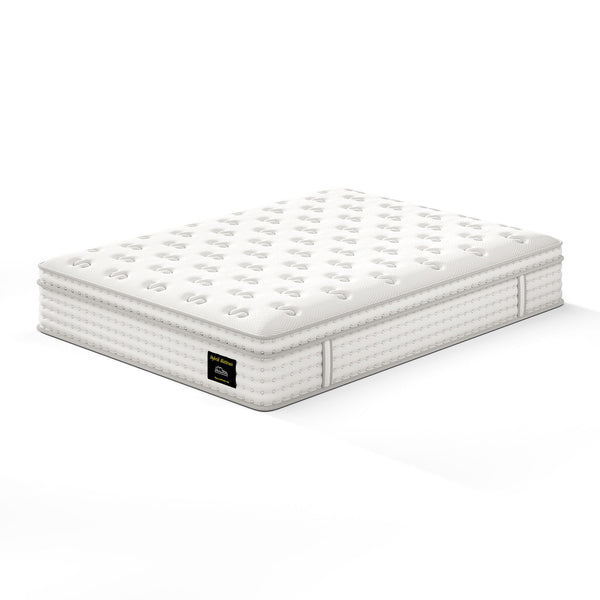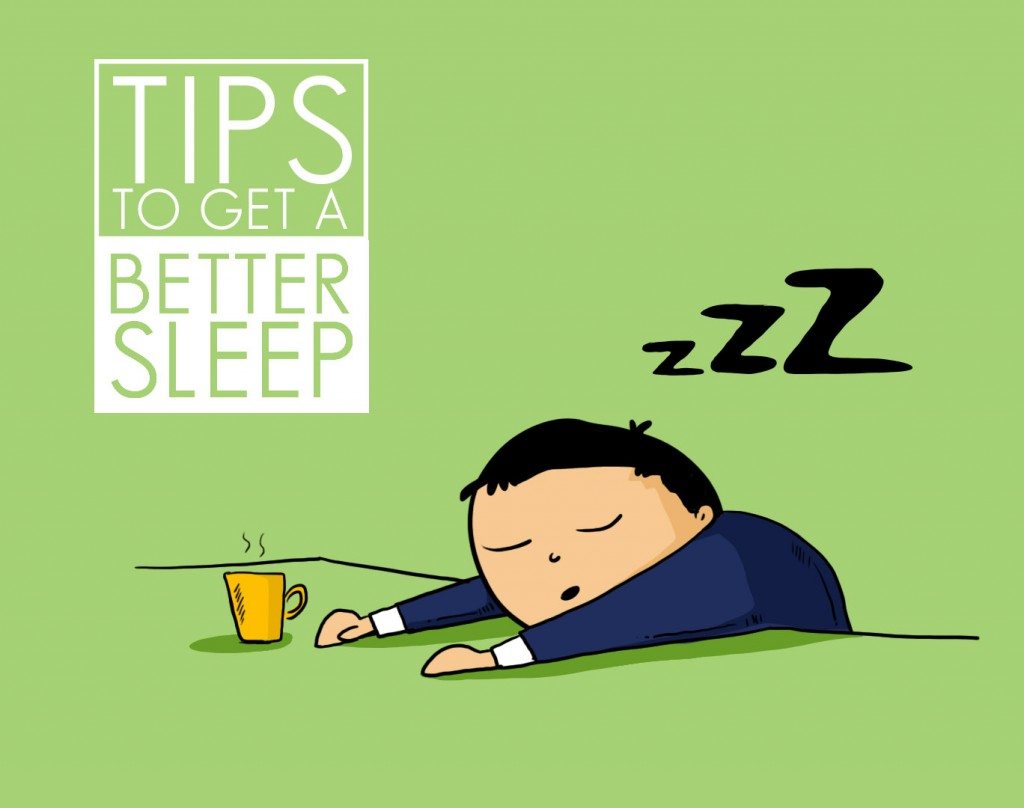
What Position Should You Sleep In?
Sleeping soundly can do wonders for our wellbeing, but experts also claim the position in which you choose to catch some ZZZs can have an effectful on health.
Sleeping in an ideal sleeping position promotes optimal spinal alignment from hips to head. Here are a few tips to help you find your ideal match.
Back
Many people experience back pain, which can be made worse by their sleeping positions. The ideal positions include those that keep the spine in a neutral alignment - this can be accomplished by placing pillows under areas such as the head and neck that experience more stress.
Sleeping flat on your back is one of the worst positions for back pain relief; to make it less strenuous and reduce stress add a pillow between the head/neck area and knees to maintain natural curves of spine and prevent lower back from becoming compressed or rounded; additionally this sleeping posture may help those suffering from sleep apnea by keeping tongue away from breathing tube.
Sleeping in the fetal position may help relieve upper back pain, provided it doesn't increase neck stress. This position involves flexing your trunk and lifting legs, opening up spaces between vertebrae in your upper back to relieve nerve pressure and herniated discs, spinal stenosis, as well as pregnant women experiencing isthmic spondylolisthesis (in which one spine vertebra slips over onto another one). Pregnant women should use an extra-large pillow under their abdomens for optimal spinal support during sleep.
Side
Side sleeping is preferred by 4 out of 10 people and can offer numerous health advantages. It helps promote good posture by keeping the spine aligned and evenly distributing weight throughout, thus relieving back and neck pain. In addition, side sleeping helps prevent acid reflux and snoring by keeping tongue from blocking airways; and can even reduce symptoms of sleep apnea by providing more oxygen to reach brain.
If you prefer side sleeping, try placing a pillow between your knees to support your hips and reduce back pain. Be wary if sleeping with arms over or folded underneath your head can pinch a lower shoulder causing carpal tunnel syndrome.
For an excellent night of restful sleeping, choose a mattress and pillow that are well suited to your side-sleeping sleep style. If you tend to favor right side sleeping, switching over to left may help relieve heartburn or acid reflux issues, while pregnant mothers sleeping on their left can increase blood flow to the baby and relieve pressure on the lower back.
Stomach sleepers tend to experience more health issues, including chronic back and neck pain, acid reflux and heartburn, as well as discomfort at night from twisted neck muscles limiting breathing and resulting in poor quality restful slumber.
Stomach
Stomach sleeping is less common than side and back sleeping positions, and should generally be avoided as it puts extra strain on your spine, potentially leading to back, neck, and shoulder ache and pain. Furthermore, this sleeping style may exacerbate certain health conditions like snoring or sleep apnea.
Alternatively, if you prefer stomach sleeping there are ways to optimize it for optimal health. For instance, using either a thin pillow or no pillow at all to stop your head tilting forward can prevent spinal misalignment, helping your body relax and release pressure. You could also try placing one under pelvis to support hips and prevent back pain as well as use firm mattress to ensure you do not sink too deeply into bed and stretch out spine alignment.
Stomach sleepers must be aware that this position can aggravate acid reflux or GERD by restricting movement within your stomach, leading to stomach acid to come bubbling back up through your throat and into your esophagus. Therefore, those experiencing stomach issues are recommended to switch their sleeping positions: it would be beneficial if they slept on either their left side instead or with a pillow under their head to raise it while on their backs.
Hips
Sleeping on one's side is often recommended to relieve hip pain. This position helps keep the spine supported and balanced, relieving pressure from spinal tissues while simultaneously relaxing muscles so they can recover more fully. Sleeping this way may also prove helpful during pregnancy as connective tissues relax and stretch, potentially leading to hip discomfort in later trimesters.
However, sleeping on the side in certain positions may aggravate hip pain by compressing painful structures in the hip and pelvis. For instance, sleeping positions that bring one knee close to the body can compress an irritated labrum in conditions like FAI syndrome or hip osteoarthritis (OA). Sleeping with knees bent and a pillow between them may help ease pressure by providing support to lower back and knees while keeping pelvis and hips better aligned.
On the sides, those sleeping on their sides often experience hip dips - natural indentations on the outer sides of the hips that cause acute discomfort in conditions like gluteal tendinopathy or greater trochanteric pain syndrome, as well as hip-related sciatica. Sleeping with more neutral posture can reduce pressure off these tender structures to relieve pain while providing greater comfort, while firm mattresses can reduce any tendency for these sleep positions to rotate the lower back excessively, increasing compression on painful structures further.

